Does it do any good? That was the question asked of me the other day in relation to the use of straw in garden ponds.
On a large countryside scale, I’ve seen big round bales of straw rolled in to “wildlife ponds” and at the other end of the scale, little dainty, pre-packed pillows of straw used in urban back garden ponds.
What’s it all about? Answer – to keep the water clear of algae which is different from Blanket Weed but at a quick glance they can be mistaken for one another because both have the effect of apparently turning the water green.
Blanket Weed
Let’s get Blanket Weed out of the way first.
This filamentous nuisance, described very aptly as green cotton wool, abounds in many ponds in the early days of summer and the simple way to get rid of it is by harvesting.
You could purchase a special telescopic swizzle-stick for the job but a walking stick will do just as well.
Point the stick into the weed and twist; you will find that the fibres entwine themselves round the stick and before the thing gets too unwieldy you lift it out, dump the tangle in a bucket or barrow then when drained out add to the compost bin.
Algae
Algae presents a slightly different problem, which is at its worst in still water.
To follow that line of thinking, biological filters can be employed to keep the pond water clear but it is where there is no such option that the difficulty becomes acute and when straw can be used to great effect.
Even in well planted and well maintained ponds, during the early months of spring and summer there is very little surface cover, and every time we have a bright sunny day, the surface layers of water heat up whilst the still water in the depths remains chilly.
The increased temperature at the surface encourages the algae to grow and multiply whilst the cold water at the bottom makes sure that oxygenators and herbaceous perennials like water lilies remain dormant.
Barley straw
There is an immediate imbalance, which has to be tackled with a pragmatic treatment – barley straw.
When the straw becomes saturated, it releases hydrogen peroxide into the water and that kills the algae.
Whilst it is doing its job, the other plants in the pond are beginning to appear; the balance is gradually altered, the pond is functioning fully again and the remnants of the straw can be removed.
It should be said that many wildlife ponds have been created as “off course” reservoirs – in other words, they have a natural inlet from a burn and consequently also an outlet, over a small weir by which the water level can be controlled.
I have no wish to aggravate a difficult situation, but these ponds may also have an “algal bloom” because of the richness of the water coming in.
Such a pond may also need the straw treatment.
Location
Where is the best place to site a garden pond?
The problem with this one becomes more acute the smaller the private garden in that there will be fewer options and frequently the preferred spot is not the best.
I am constantly amazed by the reaction of people when I ask the question – which direction is north?
OK, which windows get the sun in the morning?
Does the sun shine in your eyes as you open the curtains?
Which part of the garden would you choose to sit in to enjoy a bit of late evening sun?
This is so important, not just for the positioning of a garden pond but for the entire layout and design of the garden itself.
In the present context, it is all about shade or the lack of it if you are going to choose a good site for your garden and a pond.
Shade and sunshine
Pond plants like good light and a bit of sunshine but the pond must not be in a “hot spot” because apart from anything else there will be an excessive amount of evaporation from the surface and fish, if you intend that there be a few, may become seriously distressed.
Shade from buildings is absolutely fixed and predictable but shade from trees is variable in every sense.
That said, the amount of shade will change with time of year because of the changing angle of the sun.
In other words, siting a pond is not the simplest of tasks, as many people have found.
My best advice is to take time to consider all the angles, literally.
Shelter
Mention of trees brings me to another snag. Falling branches can damage pond liners and accumulations of leaves blowing into the pond will affect pond life very badly.
So, we need to choose a site that is sheltered.
Plants like sunshine, but not all day long. The pond should therefore be sited in the open where it is shaded for part of the day, especially in the growing season.
Ponds with no plants, to my mind, are for very special reasons with only two words to describe their function – a need for calm and a need for reflection.
The best example I know of this, is the pond in the centre of the War Memorial Garden in Hermitage Park, Helensburgh, where my late dad was superintendent for 25 years. Need I say more?
Plants and wildlife
Garden ponds should be teeming with plants and animal life, the plants being of two main sorts, first the oxygenators and secondly, the floaters.
Deep water plants, many of which, including Water Lilies, will add that little exotic touch.
My advice always ends with: Do your homework. Check out the Plantlife Scotland literature, especially the pond alert leaflets which may help you with the dos and don’ts.
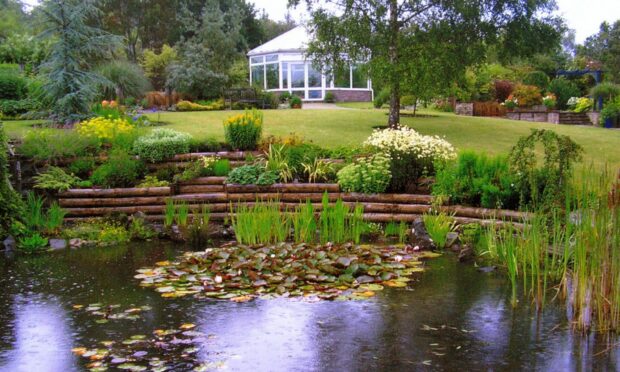
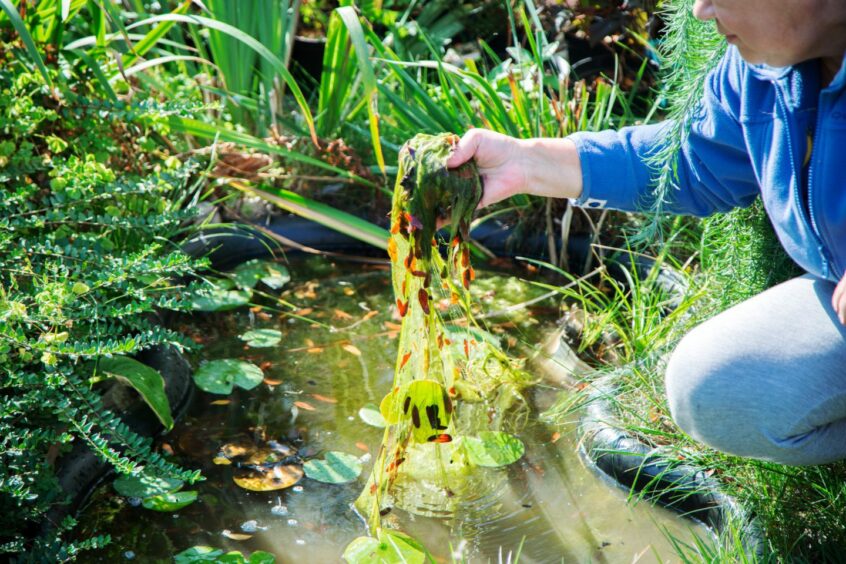
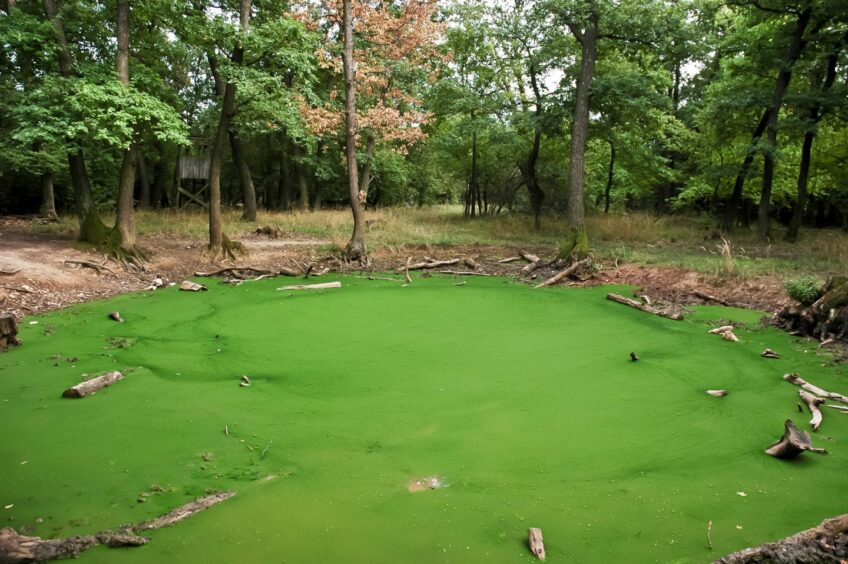
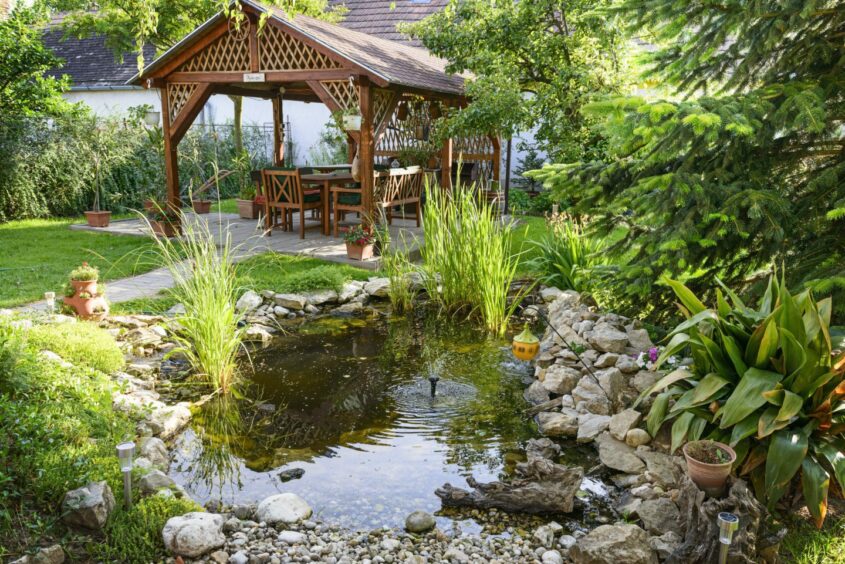
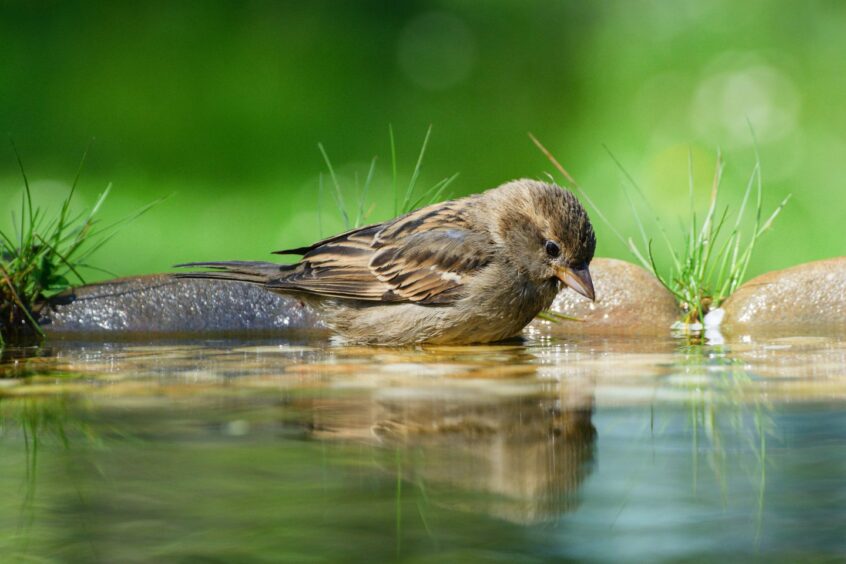
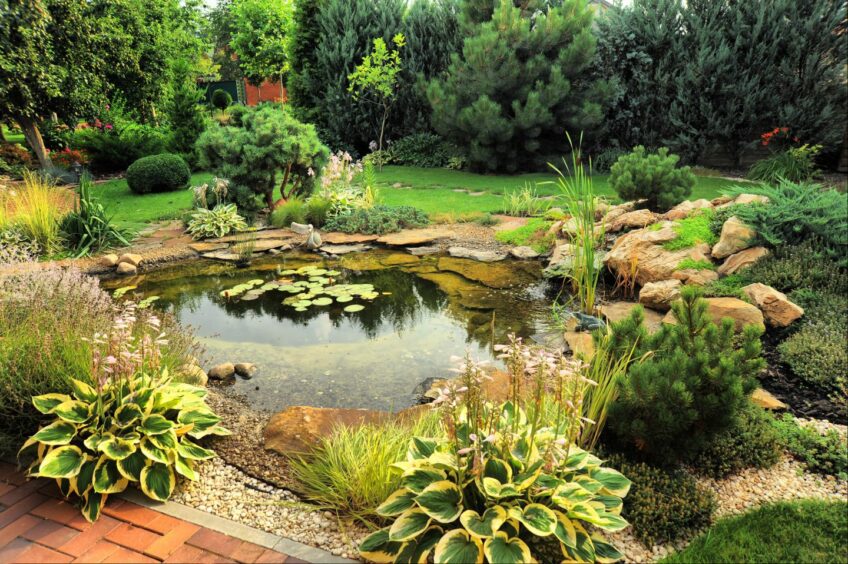
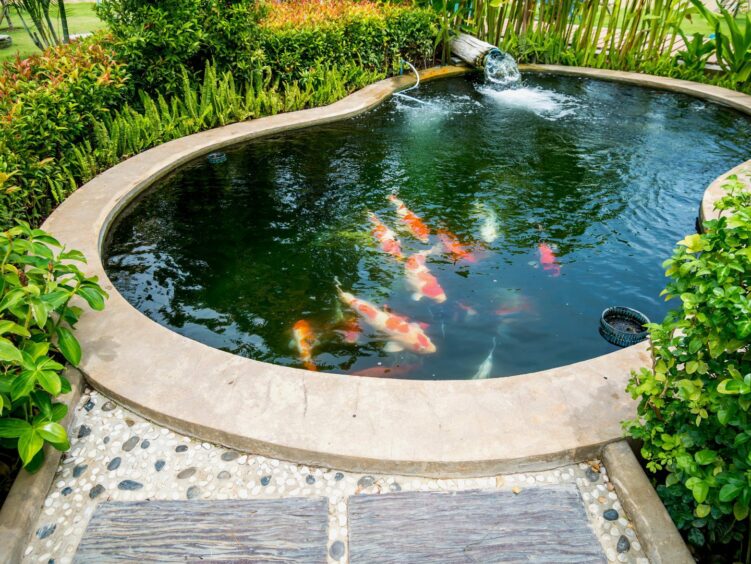
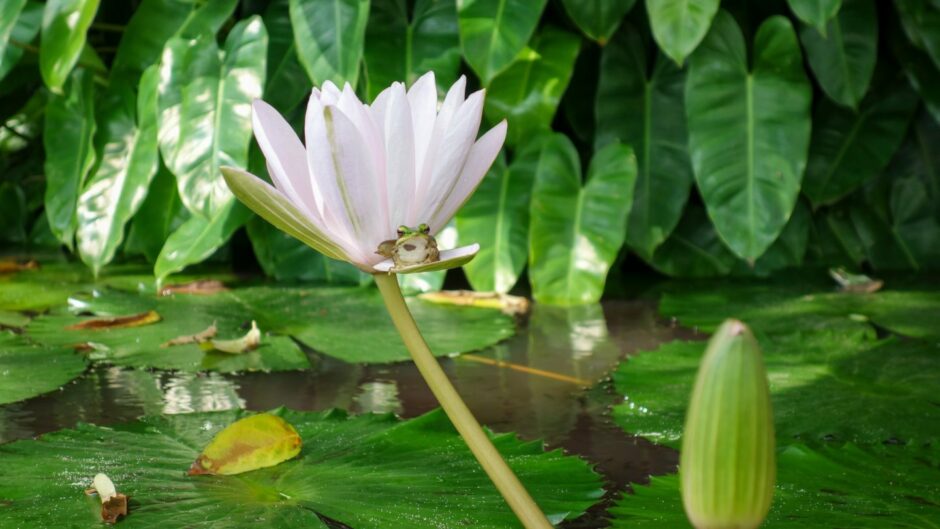
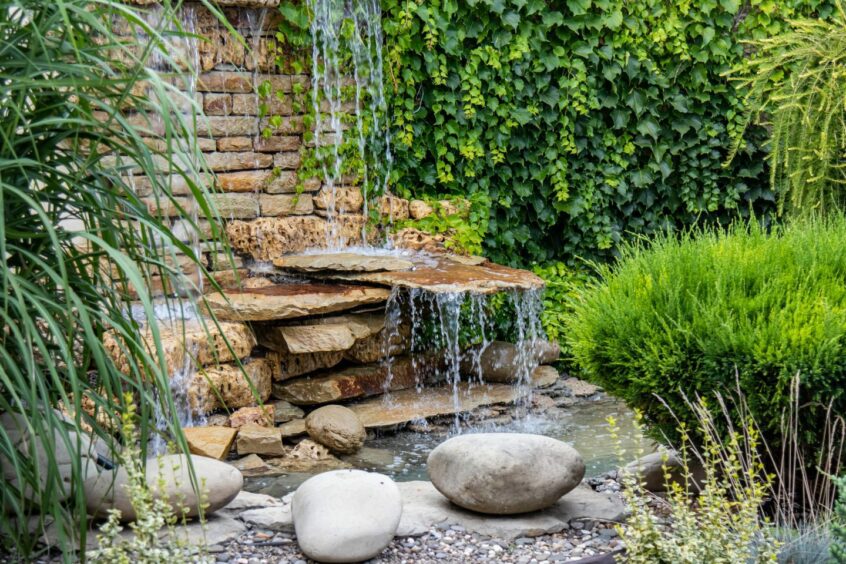
Conversation